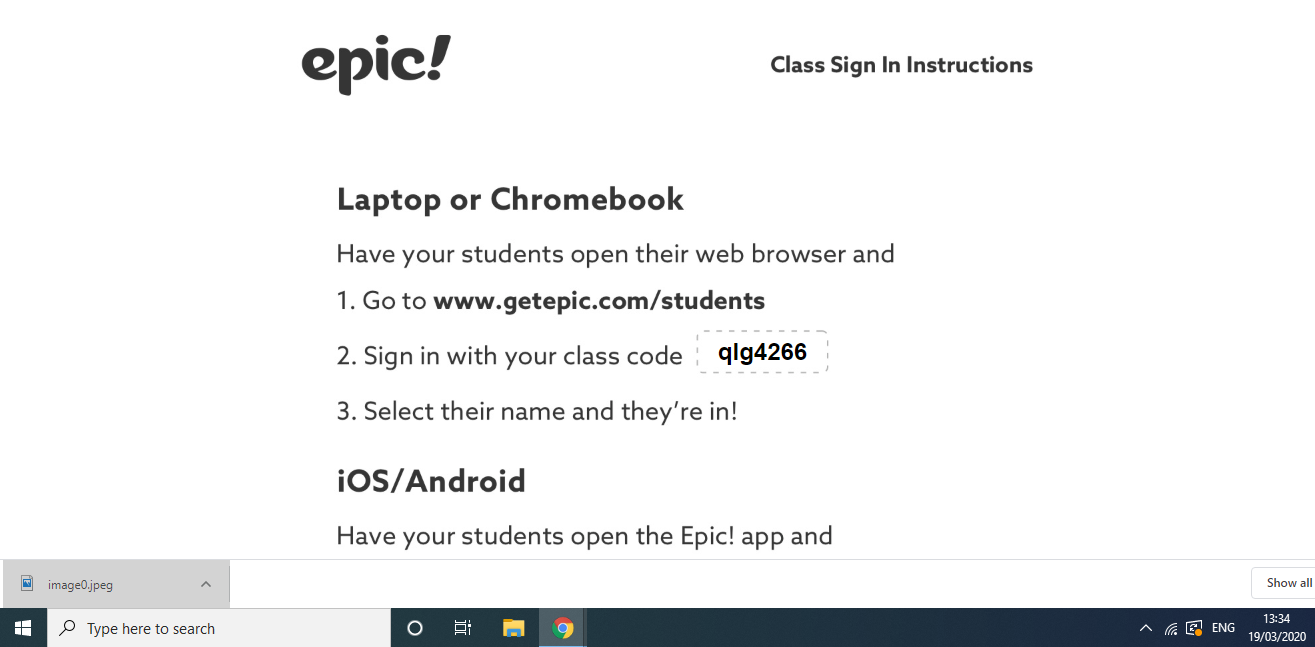


The Sutter team worked on systems and processes that would help drive the Direct messages to the right place including adopting a facility/organization-level Direct address specific for referrals. Part of the resistance when advocating for Direct is that clinicians were anxious that the number of messages coming into their inbox would increase. Physician burnout and clinician burnout is a real thing. “We have noticed about 4 days being shaved off the referral process just by switching to Direct.” We have noticed about 4 days being shaved off the referral process just by switching to Direct. You can shave off individual work right from the start. You can have your vendor create processes that look for metadata that look for metadata that will help drive the referral. Right off the bat, when you adopt a Direct workflow, people aren’t necessarily going to see this initially, but it is automation.” “Everyone in health care is looking for automation especially where it benefits the patient. The streamlining of this process has been able to shave off days from the whole referral process and patient care. Sutter Health can just pull the information they need and help navigate that care through the Sutter Health organization. Historically, “a referral could take many days… but via the Direct workflow, these messages are sent and can be received within minutes”

This helps them shave off time in the referral process and assists these offices in accessing specialty care in areas where patients would not have been able to access care previously. They like to help the FQHCs offices access care through Sutter Health and they do that via Direct. With their FQHC trading partners, Sutter Health encouraged a Direct workflow that was bidirectional and would help patients benefit from Direct referrals. This helped the Sutter Health team see how we can change the way referrals are exchanged. The employer programs or traditional pharmacies drove the demand at first, even partnering with payers who had incentives with employer programs to exchange data in a better way. “The demand was created by the innovators in the healthcare space.” It is not just Epic-to-Epic but there is an inner-EHR exchange where they witness interoperability firsthand. One of the greatest challenges is about the 48 different Electronic Health Records within their network. Sutter Health was an early adopter of Epic and in Sutter Health’s integrated network, Epic serves as the single instance of their EHR. Steven Lane as a mentor within Sutter Health who showed them the importance of interoperability. Kat and Chris were both lucky to have Dr. Interoperability at its’ core is about expeditious and easy information flow between organizations. The Sutter Specialty Network is a concierge referral service and serves as a front door for internal and external customers looking to access specialty care within Sutter Health.

Kat has been with Sutter Health for 10 years. Sutter Health is a not-for-profit integrated healthcare delivery system located in Northern California. Christopher has been with Sutter Health for 20+ years. We’re pleased to learn more about Interop Hero Christopher Mack and the team from Sutter Health including Kat Brooks in this video interview! We got the opportunity to sit down with Christopher Mack, Executive Director of Strategy & Business Development, and Kat Brooks, Specialty Network Referral Consultant from Sutter Health.


 0 kommentar(er)
0 kommentar(er)
